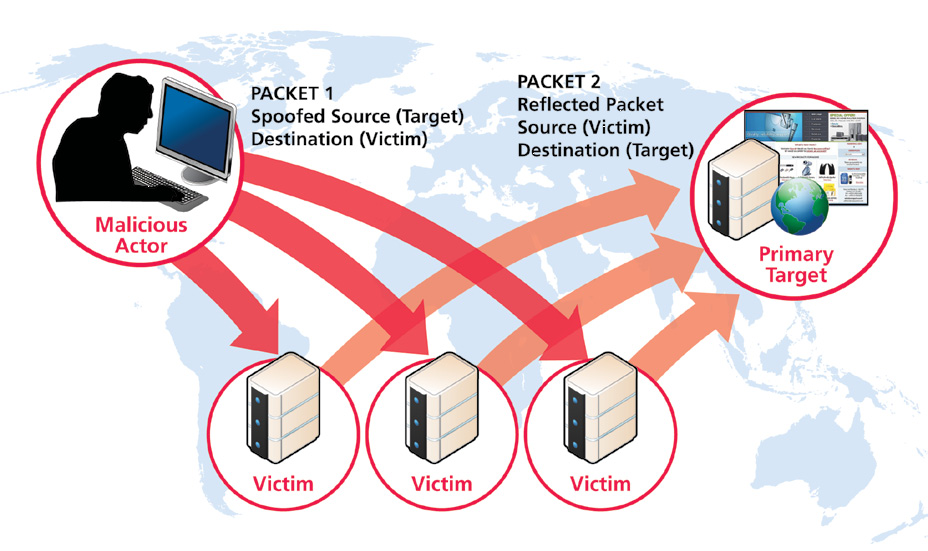

#Download drdos software
The SNMP Management Software receives notifications in the form of traps and InformRequests. The agent uses Port 161 to transmit SNMP messages and Port 162 to listen for SNMP traps. 3Ĥ Figure 1: SNMP protocol communication via the UDP protocol The SNMP agent communicates using the connectionless User Datagram Protocol (UDP). The MIB defines the structure of the management data in a device.

SNMP uses the Management Information Base (MIB) as a virtual database. SNMP protocol architecture SNMP is an application layer protocol, and therefore operates at Layer 7 of the Open Systems Interconnection (OSI) model. The management function is dependent upon the supported device components, as well as processing and memory capacity. This software module collects, renders and manages the information from the supported device. The Agent collects information from various supported SNMP sensors and device components. Agents are software modules that reside on the supported device. Communications may be unidirectional or bidirectional within any device or sensor that supports the transmission of the SNMP protocol. How does SNMP work? The SNMP network architecture is based on the following three components: Device. Essentially, SNMP allows users to monitor these variables and, in some cases, also allows for remote management of the devices. The SNMP protocol is defined under IEEE RFC SNMP transmits data about device components, device measurements, sensor readings and other system variables. 2ģ Simple Network Management Protocol (SNMP) Attacks What is SNMP? SNMP is an application layer protocol commonly used for the management of devices with IP addresses such as routers, switches, servers, printers, modems, IP video cameras, IP phones, network bridges, hubs, alarms and thermometers. In this white paper, we analyze the use of these three protocols and suggest actions system administrators can take to reduce their vulnerability to these DrDoS attacks. These protocols are ubiquitous across the Internet and out-of-the-box device and server configurations leave most networks vulnerable to these attacks.

Similarly, basic vulnerabilities in the NTP and CHARGEN protocols (used for time synchronization and response testing respectively), can be used to misdirect and amplify server responses to a third party victim.
#Download drdos generator
This second DrDoS whitepaper from the Prolexic Security Engineering & Response Team (PLXsert) focuses on the use of three common network protocols engaged in reflection attacks: Simple Network Management Protocol (SNMP) Network Time Protocol (NTP) Character Generator Protocol (CHARGEN) Unlike other DDoS and DrDoS attacks, SNMP attacks allow malicious actors to hijack unsecured network devices such as routers, printers, cameras, sensors and other devices and use them as bots to attack third parties. The technique continues to grow in effectiveness, and it remains a popular attack method for many malicious actors. DrDoS attacks have been a persistent DDoS method for more than 10 years. 1 A Prolexic White Paper An Analysis of DrDoS SNMP/NTP/CHARGEN Reflection Attacks Part II of the DrDoS White Paper SeriesĢ During 2012, there was a significant increase in the use of a specific Distributed Denial of Service (DDoS) attack methodology known as Distributed Reflection Denial of Service (DrDoS).


 0 kommentar(er)
0 kommentar(er)
